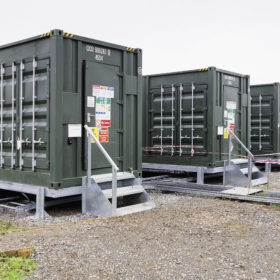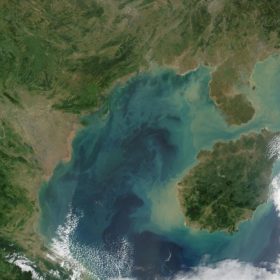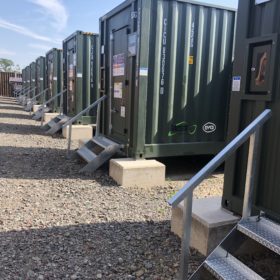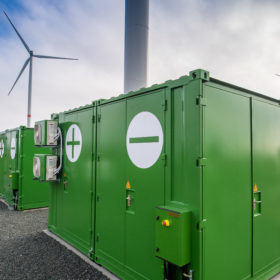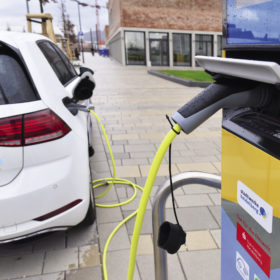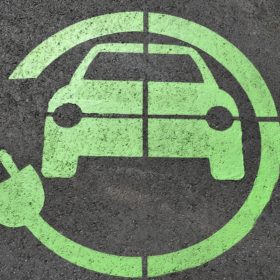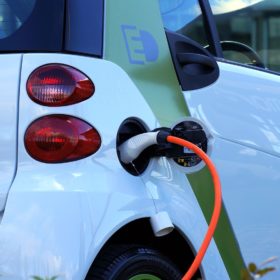‘True grid parity about more than electricity price’
The head of Mercom Capital says solar has a long way to go before it can stand without policy support. Effective grid parity will only be achieved when the cost of PV electricity factors in the expense of grid upgrades and the storage systems its intermittent nature requires, says Raj Prabhu.
Australia will need 15 GW of utility scale storage by early 2040s
Increased storage and strategic transmission development will be needed to ensure the most economic and lowest risk transition of Australia’s energy system, the Australian Energy Market Operator said in its latest study. In 20 years’ time, the need for storage will be at a scale not seen before in the national electricity market, and pumped hydro and distributed storage are set to play major roles in lowering electricity prices and building a reliable and resilient power system.
Grid data transparency vital to making the case for renewables in Vietnam
With a glut of solar capacity having come online this year, cheaper financing would help keep some of that momentum but policymakers cannot be persuaded of the economic benefits of clean energy unless state-owned utility EVN opens up.
Has solar lost its sheen for India’s EV push?
While the nation’s recent Union budget announced steps to create an electric vehicle market, the solar sector still has issues that have not been addressed.
Grid service payments the key to unlocking China’s energy storage potential
The world’s biggest solar market could be about to replicate that feat in energy storage, provided it manages to reform the payment system for rewarding the grid services offered by batteries.
This could be a watershed year for renewables in the mining sector
As one of the most energy-intensive industries, the ‘resource sector’ is getting serious about adding cheap solar and wind energy into its mix, to boost returns. Although still predominantly underpinned by gas or diesel, mine operations are increasingly deploying hybrid solutions, highlighting the potential of renewables – particularly as momentum builds for green hydrogen to play a role in future microgrids.
When the battery is a building… or vice versa
AES has announced the start of construction of its Alamito Energy Center, a 100 MW/400 MWh battery for electric utility SoCalEdison which is being constructed as a full-on building – much like a data center.
Electric vehicle announcements point way ahead for UK transport – with or without government support
Two of the nation’s largest commercial fleet operators have pledged to go all-electric by 2030, beating the government’s ambition by a decade, and carmaker Jaguar Land Rover has made a big electrification announcement – but insisted the politicians need to show similar bold ambition.
‘Transforming Australia from a global laggard to a leader in transport innovation,’ Chargefox flexes EV charging muscle
Australia’s only public ultra-rapid EV charging network has opened the most powerful charging station in the Southern Hemisphere. At the same time it announced a partnership with Yurika and the Queensland state government to manage the 17 fast charging sites that make up the Queensland Electric Super Highway.
Indian ministry calls for EV manufacturing equivalent of Detroit
The nation’s annual Economic Survey placed EVs at the heart of India’s decarbonization and called for an industrial hub where electric vehicles and the batteries to run them could be manufactured.

